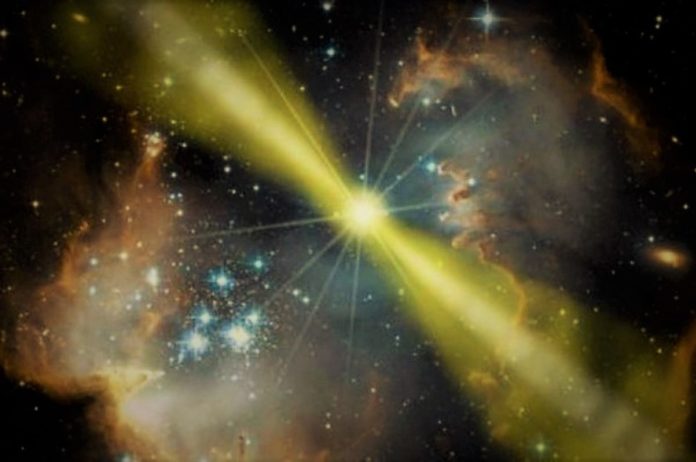Extraterrestrial intelligence has always been a topic of interest among the astronomers. Every day new theories are proposed regarding the possible existence of life outside the solar system. Recently, the detection of new waves of Fast Radio Burst (FRBs) has perplexed the research scientists.
FRB is a high-energy astrophysical phenomenon manifested as a transient radio pulse lasting only for a few milliseconds. They are bright, unresolved, broadband millisecond flashes found outside the Milky Way.
There was a series of six FRBs detected from the constellation Auriga. Five of these were detected with green bank telescope in West Virginia at 2 GHz and one was detected with the Arecibo Observatory in Puerto Rico at 1.4 GHz. A source said “There were 11 more bursts detected at lower frequencies along with the six”.
The paper published in The Astrophysical Journal stated “All have dispersion measures consistent with a single value that is three times the predicted maximum galactic contribution”.
The team also mentioned that the data support an origin in a young rotating neutron star, pulsar or a magnetar travelling through an asteroid belt.
According to another paper published in the journal, there are three possible origins of the pulse: terrestrial, galactic and extra-galactic. Although, at the end of the article it is clearly stated “In summary, FRB 121102 shares many of the same observational properties with FRBs believed to be extragalactic, and the occurrence rate is consistent with previous discoveries”. It furthermore states, the Arecibo FRB is also likely extragalactic.
Some of the scientists believe these to be a signs indicating possibility of extraterrestrial intelligence.




























